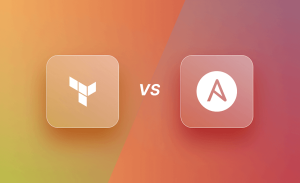A promise in Node.js is an object that represents the eventual completion or failure of an asynchronous operation. It is a pattern for handling asynchronous operations in a more manageable and readable way, without the use of callbacks. A promise has three states: pending, fulfilled, and rejected. When an asynchronous operation is started, the promise is in a pending state. If the operation succeeds, the promise is fulfilled and its value is returned. If the operation fails, the promise is rejected and an error is thrown. Promises are used to handle asynchronous operations in a clean and efficient way, making code more readable and easier to maintain.

Promises are a powerful pattern for handling asynchronous operations in Node.js. In essence, a promise is an object that represents the eventual completion or failure of an asynchronous operation. Instead of using callbacks to handle the results of an asynchronous operation, promises provide a cleaner, more efficient way to work with asynchronous code.
Promises have three states: pending, fulfilled, and rejected. When a promise is created, it is in the pending state, meaning that the asynchronous operation has not yet completed. When the operation completes successfully, the promise is fulfilled, and its value is returned. If the operation fails, the promise is rejected, and an error is thrown.
Promises are created using the Promise constructor, which takes a single argument: a function that is passed two callback functions as arguments. These callback functions are typically called resolve and reject, and they are used to indicate when the asynchronous operation has completed successfully or unsuccessfully, respectively.
For example, here’s how you might use a promise to fetch some data from a remote server in Node.js:
const http = require('http');
function fetchData() {
return new Promise((resolve, reject) => {
http.get('http://example.com/data', (res) => {
let data = '';
res.on('data', (chunk) => {
data += chunk;
});
res.on('end', () => {
resolve(data);
});
}).on('error', (err) => {
reject(err);
});
});
}
fetchData()
.then((data) => {
console.log('Data:', data);
})
.catch((err) => {
console.error('Error:', err);
});
In this example, we define a fetchData function that returns a new promise. Inside the promise, we use the Node.js http module to fetch some data from a remote server. If the request is successful, we resolve the promise with the data that we received. If there is an error, we reject the promise with the error.
To use the fetchData function, we call it and then chain a then method onto the result. The then method takes a callback function that will be called with the data that was returned from the promise when it was fulfilled. If the promise is rejected, we can handle the error using a catch method.
Promises are a powerful tool for working with asynchronous code in Node.js, and they can make your code more readable, efficient, and maintainable.





